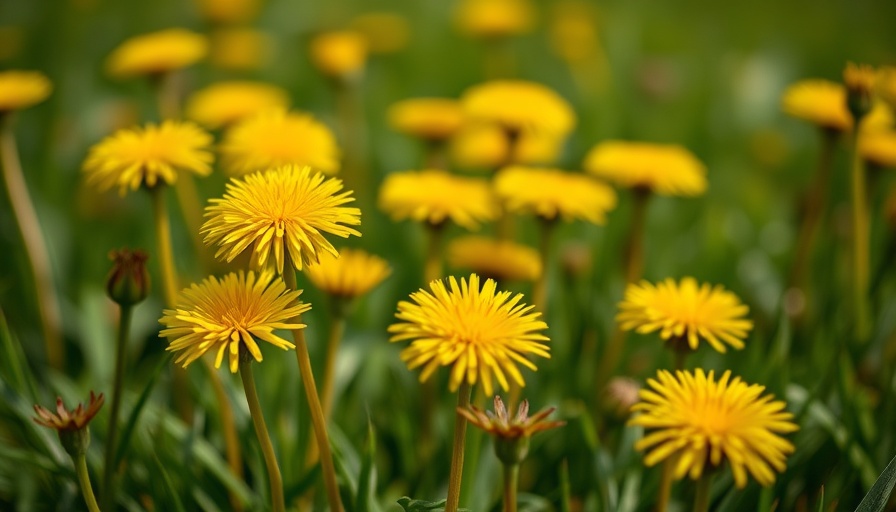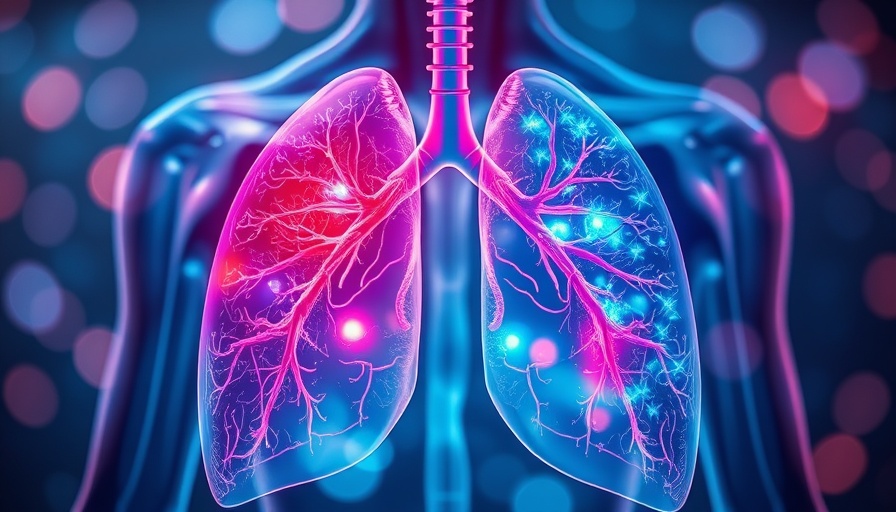
Why Are Millions of Children Missing Out on Vaccines in 2024?
In 2024, a staggering 14.3 million children worldwide did not receive any vaccines, marking a concerning increase of 1.4 million since 2019. This unsettling statistic highlights the growing challenges facing global immunization efforts amid conflict, public distrust, and health system disruptions. As the international community grapples with these profound issues, those interested in family and alternative health must comprehend what this means for public health and wellbeing.
Understanding the Factors Behind Vaccine Hesitancy
Reports indicate that around 25% of unvaccinated children are living in crisis zones, such as Afghanistan, Syria, and South Sudan. Here, ongoing conflicts severely disrupt health systems, making vaccination efforts nearly impossible. Dr. Kate O’Brien from the World Health Organization (WHO) pointed out, “Shrinking health budgets and misinformation are making a dangerous cocktail.” Such conditions illustrate how environmental factors can profoundly impact children's health. In Massachusetts, families embracing alternative medicine may feel a particular kinship with global discussions about health autonomy and informed consent.
The U.S. Funding Cuts: Implications for Global Vaccination
The recent decision by the U.S. to halt $300 million in funding to GAVI, the Vaccine Alliance, has spotlighted tensions surrounding vaccine safety and trust in health agencies. U.S. Health Secretary Robert F. Kennedy Jr. cited “neglect of vaccine safety” as a reason for the cut, fueling a growing rhetoric of skepticism surrounding vaccination mandates. The U.S.'s withdrawal follows a previous disengagement from the WHO in 2022 under President Trump, amplifying criticisms and deeper distrust of global health organizations.
The Role of Philanthropy in Vaccine Distribution
Despite these setbacks, organizations like the Bill & Melinda Gates Foundation have pledged a substantial $10 billion for vaccines. Such commitments come under scrutiny as greater conversations arise around the ethics of universal vaccination mandates that lack local context or consider unique risk factors. Critics argue that the one-size-fits-all approach neglects individual choices, emphasizing the value of individualized healthcare. This dialogue is particularly appealing to those who prefer alternative medicine approaches, which often advocate for a more personalized understanding of health needs.
Local Implications of Global Vaccine Trends
In the U.S., the concerning resurgence of vaccine-preventable diseases, including measles, has hit a 33-year high. As cases rise, public health advocates stress that vaccines save lives, challenging the narrative that vaccine mandates lead to a loss of personal freedoms. As families in Massachusetts increasingly explore alternative health methods, understanding the dynamics between vaccination rates and community health becomes essential. The local mindset around health may significantly influence how vaccination policies are accepted or challenged.
Future Considerations for Immunization
The WHO aims to reach its Immunization Agenda 2030 targets aimed at halving the number of zero-dose children worldwide. However, a focus on aggressive vaccination campaigns must balance ethical considerations with public trust. As health freedom advocates press for transparency and community involvement in vaccination policies, the landscape of public health must acknowledge the diverse viewpoints held by individuals who prioritize alternative medicine.
Actionable Insights for Parents and Caregivers
For those invested in family health and well-being, understanding the implications of such health initiatives is critical. Parents can advocate for their children's needs by:
- Staying informed on vaccine developments and safety data.
- Engaging with local health organizations to voice concerns and gain valuable insights.
- Exploring all available alternatives and making informed decisions about their family's vaccination status.
This approach not only supports individual health goals but also fosters a community dialogue that considers the nuances of health freedom as it relates to vaccination.
As we reflect on the troubling statistic of 14.3 million vaccinated-zero children, it ultimately invites us to engage more critically with health initiatives that affect the lives and futures of children worldwide. The interplay between individual rights, public safety, and global health initiatives will continue to shape the discourse surrounding vaccines in our communities.
 Add Row
Add Row  Add
Add 




Write A Comment